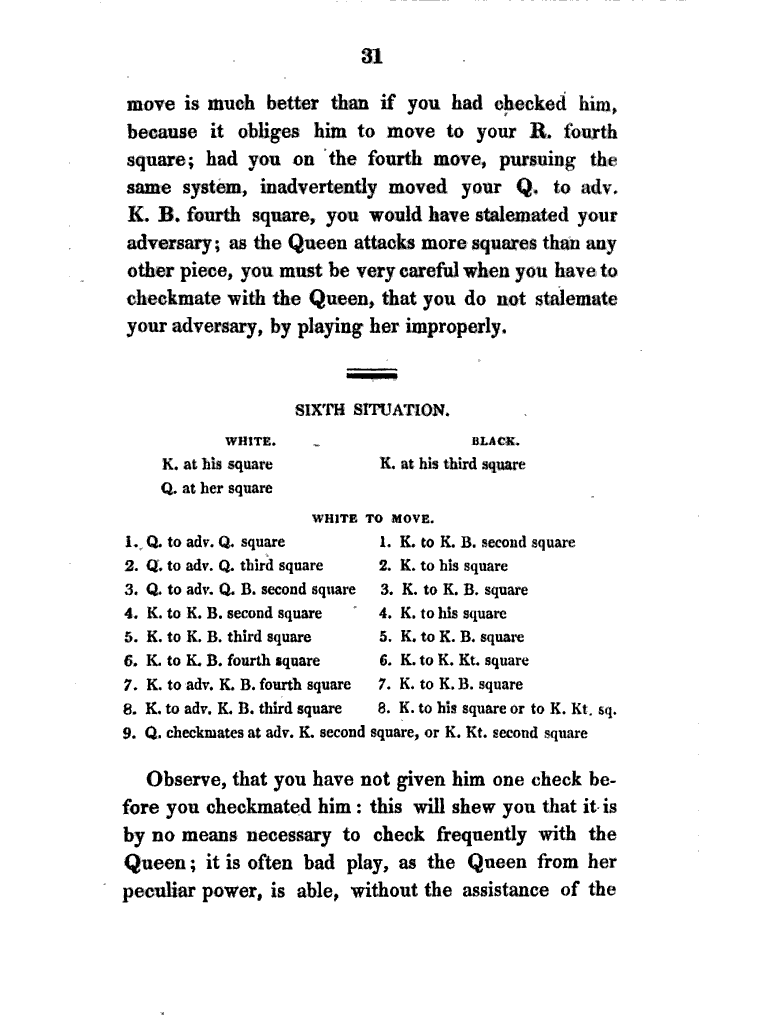You will improve, and will be able to follow variations in your head for longer as you get more experience, but for now, you should use a board. It doesn't have to be a physical board -- a smartphone app is OK.
The Amateurs Mind is an ambitious place to start for 1000 Elo. I wouldn't try to dissuade you, but I own that book myself and I feel like it's above my level.













Hi chess.com
I am an absolute chess beginner (probably around 1000 ELO).
I have read a chess.com topic advising 14 chess books that are suitable for my level. I have acquired "The Amateur's mind" by Silman wich I find very entertaining.
This books is all about giving you a chess board in a specific position, then following the thought of beginners, who play an explain their moves. These moves, and the comments provided by the beginners are commented by the author. This is great because the beginners are sometimles following my exact thought, and the author just points the errors and mistakes they make.
The only "problem" that I have is that the book displays the initial position in a diagram, then provides the moves in chess notation. I am able to follow and understand the chess notation, but after a few moves (typically 3), I have a very hard time visualizing the board, and I spend a lot of energy trying to link the comments to the actual position.
I guess I am not the only one in this situation (or am I ??), so my question is : "Should I read the book with a physical board next to me, and play the moves on the board, to have a perfect vision at all time, and concentrate on the comments/analysis to get the most out of the book" or "Should I try harder visualizing the board in my head because on the long run, it trains my brain to have a better memorization/visualization of chess boards, and this is very beneficial"
What is your opinion on that matter ?